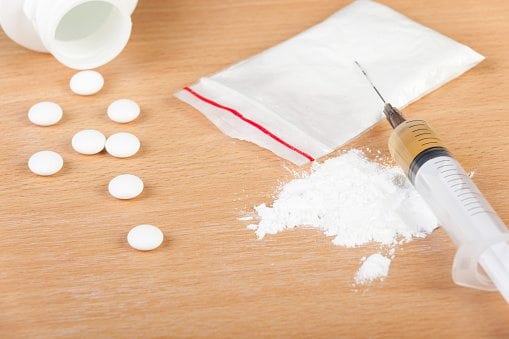Dr. Craig Allen, medical director at Rushford, says the typical scenario of heroin addiction is of people who become dependent first on prescription pain medications, then, as their use and the cost of medication escalate, turn to the use of the illegal street drug heroin.
To create the sense of euphoria that addicts crave, opioids attach to the dopamine receptors of the brain, particularly the mid-brain where the reward systems is centered. This causes physiological and psychological changes that create a “high.”
“Opioids bind in many places in the brain including those that have to do with pain and respiratory drive. That can be a problem if you get so much that you stop breathing and die,” said Dr. Allen.
Signs of Heroin Use
Paraphernalia:
- Burnt spoons
- Tiny baggies
- Tan or whitish powdery residue
- Dark, sticky residue
- Small glass pipes
- Syringes
- Rubber tubing
- Appearance:
- Tiny pupils
- Sleepy eyes
- Tendency to nod off
- Slow breathing
- Flushed skin
- Runny nose
Actions:
- Vomiting
- Scratching
- Slurred speech
- Yawning
- Complaints of constipation
- Complaints of nausea
- Neglect of grooming
- Failure to eat
- Lying
- Lack of eye contact
- Covering arms with long sleeves
Did you know …
- Heroin use more than doubled among young adults ages 18–25 in the past decade.
- More than 9 in 10 people who used heroin also used at least one other drug.
- 45 percent of people who used heroin were also addicted to prescription opioid painkillers.
- What some of the signs of heroin use are.
Do you or a loved one need help with opioid addiction? Call 1.855.825.4026 or click here.


